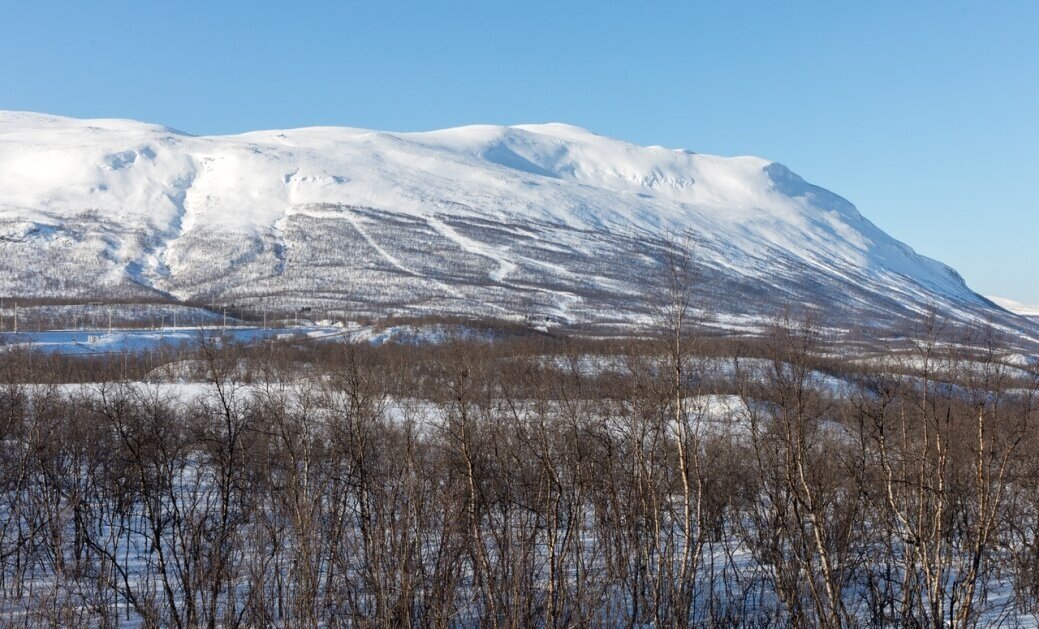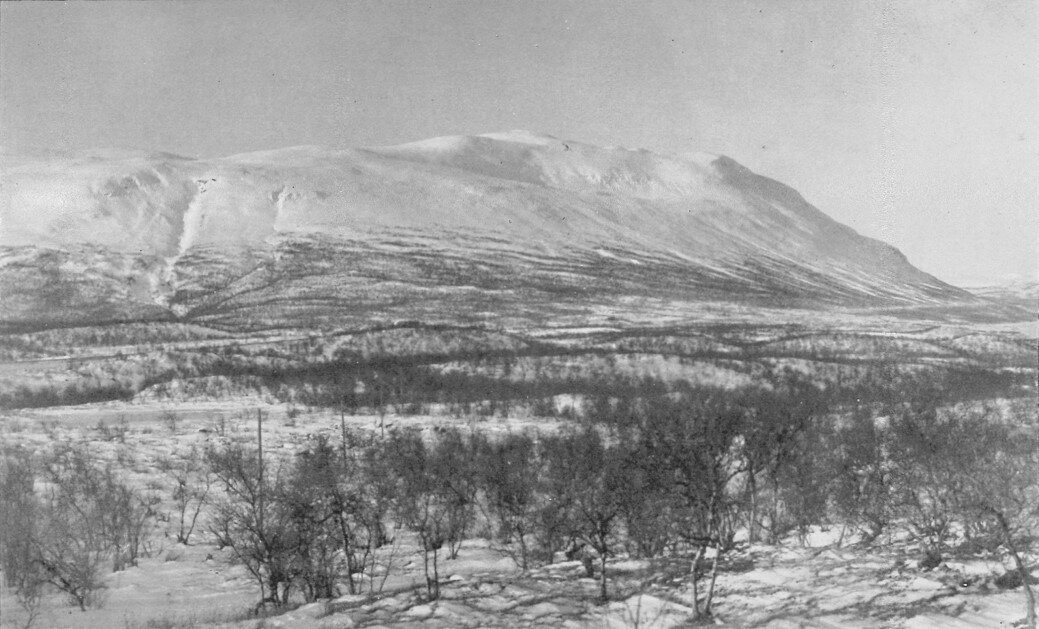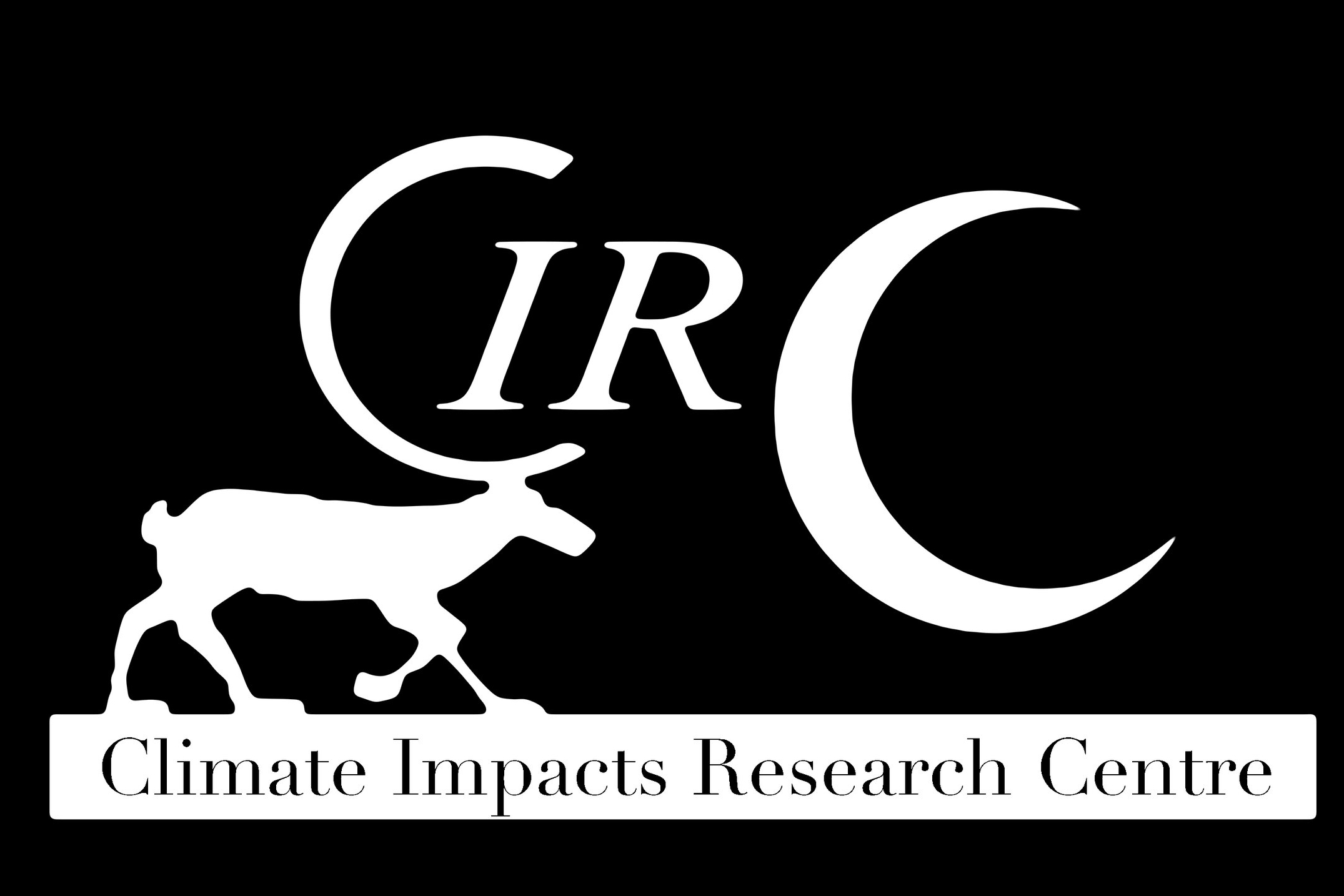Plant responses to 100 years of climate change in the Swedish Arctic
Project Summary
An overwhelming number of studies have documented a wide range of plants and animals shifting their ranges and the timing of key events in their lives due to climate change. For example, migratory birds arrive earlier to their breeding grounds and flowering dates of plants occur earlier due to the increasing length of the growing season at higher latitudes. Here we also see treelines shifting and tall shrubs expanding, thus greening the landscape where fundamental changes create feedbacks to our climate system.
In Arctic and alpine regions, climate change occurs twice as fast as the global average. These changes are large, but how can we know/anticipate which species have the capacity to adjust to the observed rates of change, and if so, how? In light of the potential large-scale changes to species, communities and ecosystems, the costs and risks to the ecological services they provide humanity are enormous.
...Tracking changes in plant distributions and phenology is a key way to test ecosystem resistance to climate change. Phenology is nature’s calendar, defined as the recurring annual events, for plants, leaf and flower development, and fruit and seed production. Plants provide a range of ecosystem services, from agricultural products to forage for reindeer and timber, and play a vital role in the carbon cycle. Thus, detecting the fingerprints of climate change in plant communities is vital for society. For plants, there are four possible responses to climate change:
- Phenology: plants adjust the timing or duration of their phenology, for example, leaf-out or flowering, to match the climate conditions necessary for survival and reproduction
- Dispersal: species migrate or track the climate they are adapted to upslope or in latitude
- Dynamic: plants adjust both the timing of phenology and dispersal
- Decline: persistence with little or no reproduction or local extinction
Like all futuristic scenarios of planetary change, these responses are easy to conceive but impossible to test until they actually happen, after which it may be too late for us to respond – an agonizing dilemma that faces all societies at the cusp of great changes. H.G. Wells toyed with this dilemma in his book “The Time Machine” – what if we only knew what will happen?
In this study, we possess such a rare opportunity, a time machine of sorts, to actually witness and describe how plant species have responded to change – focusing on the four above responses – in some of the world’s most sensitive systems where change is predicted to be greatest – the Arctic and alpine region of Sweden. Here, we have detailed data on phenology and dispersal responses of 140 species along an elevational gradient straddling the Arctic-Boreal biomes and the forest-alpine ecotone. Our data begin in the early 1900s with a detailed three-year study of plant phenology and a weather station that has monitored environmental variables continuously since its establishment in 1913. Remarkably, 100 years later, we have the unique opportunity to resume this work in the exact same plots. Further, the phenology data is not restricted to single events, such as leaf-out or flowering, but covers the entire annual cycle of phenological events for all 140 species, making this a globally unique study.
Our results will reveal how plants have responded to significant climate changes in the far north of Sweden. Further, we will use the properties of the annual woody growth in trees and shrubs along our gradient to reconstruct their responses to climate change, calibrated to the local climate data, over the last century. We then ask how local conditions in topography, soils and microclimate can buffer plant species and communities from change. By combining, these methods we will not only study the responses for an entire Arctic and alpine plant community to a century of significant climate warming, but also assess the mechanisms, knock-on effects, and feedbacks.
Are these mountain landscapes resilient or does global warming overwhelm these systems, shifting patterns of diversity vital to functional ecosystems that provide services to northern communities? Our work has biological and societal significance, from policy makers to tourists, reindeer herders and a broad range of communities throughout the Swedish mountains where changes in ecosystems are likely to increase conflicts between stakeholders.


Figure. Nuolja taken from the Abisko Scientific Research Station. Top: taken on 21 February 2017 by Oliver Wright; Bottom: taken on 21 February 1925 by Carl G. Alm
Theses and Publications
Peer-reviewed Publications
MacDougall, A. S. et al. Comparison of the distribution and phenology of Arctic Mountain plants between the early 20th and 21st centuries. Global Change Biology 27, 5070–5083 (2021). https://onlinelibrary.wiley.com/doi/abs/10.1111/gcb.15767
Master’s Theses
Svedin, J. (2022) Individual Trait Matching of Bumblebees (Bombus) and flowers along an environmental gradient. [Umea University, Master’s Thesis]. Click here to download.
Al-Hayali, A. (2022) Do bumblebees partition an elevational gradient by body size? [Umea University, Master’s Thesis]. Click here to download.
Bachelor’s Theses
Schäfer, A. (2019) Changes in arctic plant communities along an altitudinal and temporal gradient in Northern Sweden. [University of Greifswald, Bachelor’s Thesis] Click here to download.
Raker, P. (2020) The influence of orography on species composition and phenology at mountain summits of Nuolja and Slåttatjåkka, Sweden. [University of Greifswald, Bachelor’s Thesis] Click here to download.




